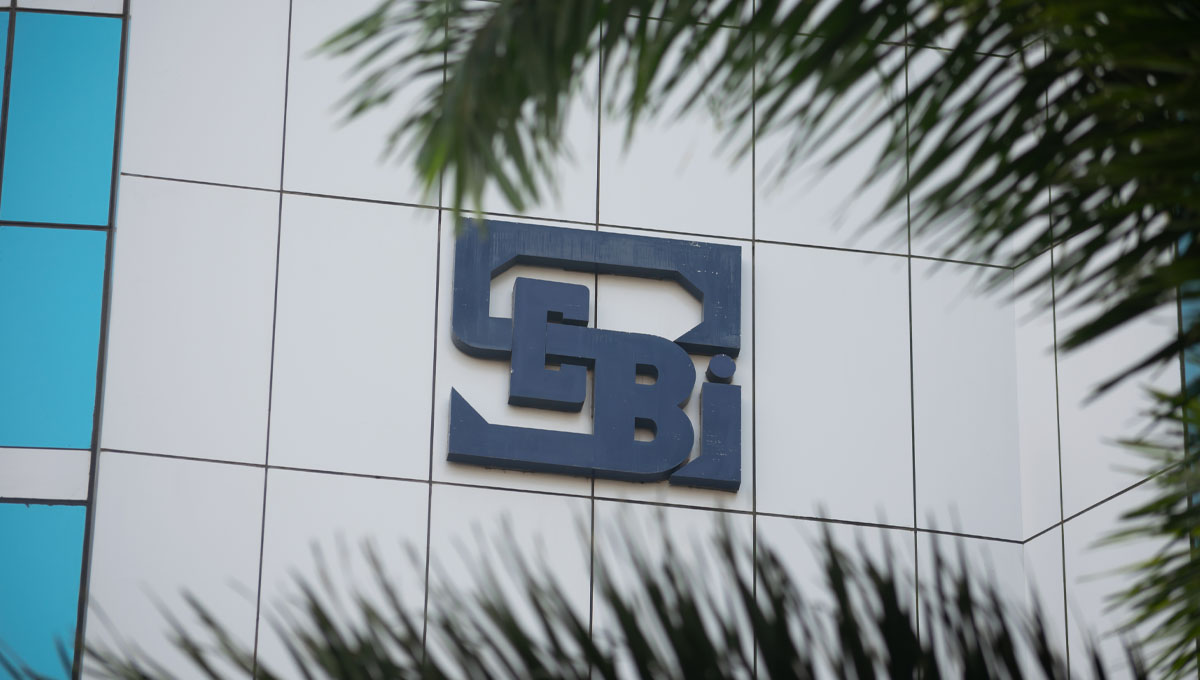Please click here to download the Prism as a PDF.
Mandated safeguards for investor payments via unified payment interface
On June 11, 2025, the Securities and Exchange Board of India (“SEBI”) issued a circular[1] introducing a secured unified payment interface (“UPI”) mechanism, specifically for investor-facing intermediaries to receive/collect funds from their investors (“SEBI Circular”). The SEBI Circular seeks to create a more structured framework towards increasing investor confidence in such systems.
Brief background
UPI, as a mode of payment in the securities market was first introduced in 2019[2]. However, in the last few years, SEBI has observed a significant increase of unregistered entities impersonating legitimate market intermediaries and misleading investors into transferring funds to unauthorised accounts for personal gains.
To curb these incidents, SEBI, in consultation with the National Payment Corporation of India (“NPCI”), has introduced a reliable UPI option to an investor to transfer funds directly to the verified bank account of registered intermediaries, by way of the issuance of the SEBI Circular. This proactive initiative by SEBI would help investors identify, isolate and avoid transferring funds to unregistered entities that do not have the unique UPI handles. The standardised and unique UPI handles would be available as an option for investors with effect from October 1, 2025.
Key features
As a part of this framework, SEBI has imposed the following security mechanisms:
- Validated UPI handles:
- The unique, alphanumeric UPI ID will begin with a username selected by the intermediary that is readable and relatable to the intermediary.
- The username will be followed by an abbreviated suffix that identifies the type of intermediary. For instance, ‘abc.brk’ will be adopted by stockbrokers, where ‘abc’ will be the chosen username and ‘brk’ denotes that the UPI holder is a stockbroker.
- While an intermediary is free to use the same username across different banks, the suffix for each bank will be unique, to form a unique UPI ID.
- These UPI IDs will also include a unique identifier handle ‘@valid’ – along with the name of the self-certified syndicate bank as set out in the SEBI Circular. These handles will be allocated by NPCI exclusively for payment collection by SEBI-registered intermediaries.
- Additional security measures: For investors to easily identify authenticated payments to registered intermediaries, a distinctive icon (i.e., “white thumbs-up inside a green triangle”) will appear once a payment is initiated using the validated UPI handle. If the icon is not visible, investors will be alerted that the UPI handle is not validated. Investors are cautioned not to proceed with the transaction in such case. Intermediaries will also be required to generate ‘QR’ codes that prominently display this ‘thumbs-up’ logo.
- ‘SEBI Check’ tool: Additionally, SEBI is also introducing a digital tool called ‘SEBI Check’ for an added layer of security and verification. This tool will allow investors to carry out real-time verification as follows:
- Verify UPI IDs: Investors can verify the legitimacy of a UPI ID either by scanning a QR code provided by the intermediary or by manually entering the UPI ID.
- Confirm bank details: The tool will retrieve and display the associated bank details (for example, the bank account number and Indian Financial System Code), allowing investors to confirm that the UPI ID belongs to a registered intermediary.
Purpose and benefits
- Mandatory requirement to obtain UPI IDs: While for an investor, it is optional to make a payment though the UPI mechanism, it is mandatory for SEBI registered intermediaries to obtain unique UPI IDs and provide such option to the investor.
- Enhanced investor protection: The verification methods enable investors to confirm the authenticity of a payment recipient and mitigate instances of fraud.
- Transaction limits: Payments of up to INR 5,00,000 (Indian Rupees five lakh) per day via UPI will be available for capital market transactions supporting large investments without compromising security.
- Visible and easy verification: The integration of the ‘thumbs-up’ icon and the use of QR codes in supporting this security framework simplifies the process of verification for investors.
Implementation/transition process
The utility developed to create UPI IDs and QR Code will be made available on SEBI intermediary Portal (“SI Portal”). In this regard, certain key elements of the implementation/transition process are set out below.
- In terms of the investor: Both the ‘Validated UPI Handles’ and the ‘SEBI Check’ tool will be available for use by investors and mandatory for intermediaries from October 1, 2025. While new fund transfers and new Systematic Investment Plans (“SIPs”) will need to adhere to the new UPI ID structure from this date, existing ongoing SIPs will continue to function with their current UPI IDs for a transition period to avoid disruption.
- In terms of investor-facing intermediaries: The intermediaries are required to comply with certain requirements as part of the implementation/transition process, including:
- ensuring that their mobile number and email address are updated in the SI Portal;
- ensuring that they apply for and obtain new UPI IDs from the banks;
- creating investor awareness about the new payment handles and ‘SEBI Check’ function through modes such as SMS, email, social media posts, audio visual messages, displays on website etc.;
- creating awareness and educational content for investors by placing relevant frequently asked questions on the respective websites; and
- to stop accepting payments from other UPI handles post the specified deadline aside from existing SIPs.
- In terms of self-certified syndicate banks: The banks are required to obtain application programming interface access to the SI Portal to issue the unique UPI IDs post verification and diligence.
Conclusion
SEBI’s proactive efforts in introducing real-time verification tools and secure UPI payment mechanisms are aimed at reducing impersonation and increasing payment transparency. Given that existing systems of NPCI and banks are already in place to issue UPI handles, this provides an economical solution for an otherwise large issue. Further, the transition process is relatively straightforward for intermediaries, as it is routed through SI Portal) and the new UPI handles will be linked to existing bank account of such intermediaries. As such, the framework under the SEBI Circular highlights SEBI’s commitment to provide a safe payment ecosystem for investors while promoting ease of investor participation in the securities market.
This Prism has been prepared by:
|
Probir Roy Chowdhury |

Pulkit Sukhramani |

Pranavi Pera |
Anshuman Sugla |
For more details, please contact [email protected]
[1] Reference no. SEBI/HO/DEPA-II/DEPA-II_SRG/P/CIR/2025/86.
[2] SEBI Circular dated November 1, 2018.












